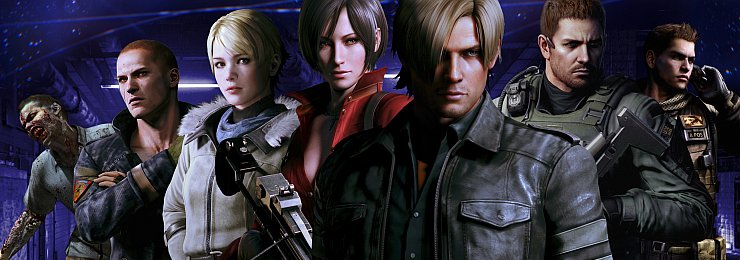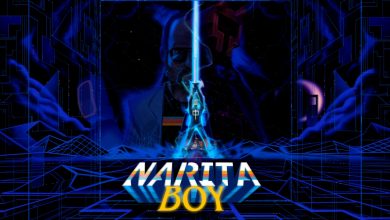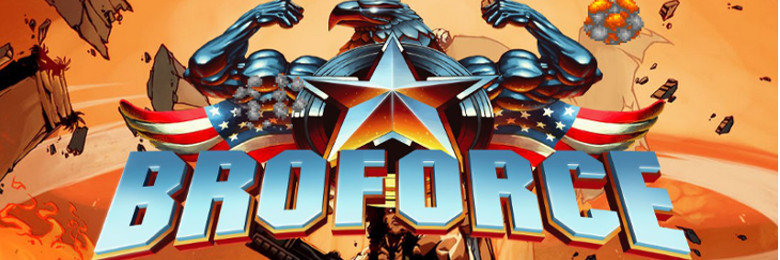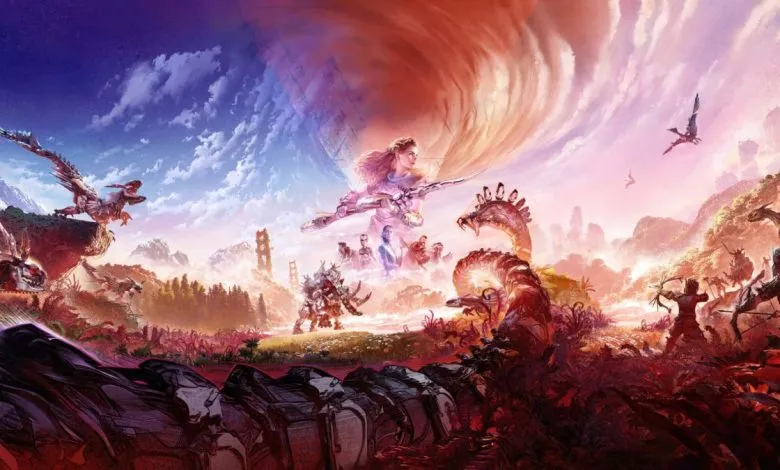
Guerrilla Software's Horizon Zero Dawn was one of the first ports of Sony's previously "PlayStation exclusive" games to PC. It was a period of Sony "testing the waters" (and calculating potential profits, of course) on whether there was an audience interested in porting these games to a more demanding market, such as PC's. Four years later, the facts are more or less known, with Sony being truly into PC gaming and gradually releasing the major titles of its back-catalogue, with Horizon Forbidden West being the latest entry.
For those who hadn't played the original game, it was one of the highest quality open-world games to date, mainly due to the very well-designed and well thought-out combat system with the distinctive animal-shaped "machines". However, there were more than a few "voices" pointing out its inability to set up a worthwhile story, which weren't all that wrong, in the end. Zero Dawn was typically slow to attract player interest in what was going on, with only the last few hours, where all its secrets have now been revealed, creating any positive impressions that one can derive from it. And the PC version was terrible in terms of performance and bugs, probably a victim of the "ignorance" of Nixxes (the development team that has handled most PlayStation ports so far), which needed more than ten (!) patches to bring the game to a satisfactory playable status.

Fortunately, Forbidden West does not suffer from the same problems of its predecessor. Launching the game for the first time, we were relieved to discover that the game ran almost flawlessly on the review system (3060Ti, i7 11700k, 16GB), even with the "heavier" settings turned on, thanks to the flawless use of DLSS. Some frame-rate issues that existed during cutscenes were quickly fixed, and even as of this writing, Nixxes is still providing regular patches to improve performance even more. This is very gratifying, especially after the junk we fed with Ratchet & Clank and The Last of Us PC versions for most people (although Iron Galaxy was responsible for this one).
Since Forbidden West is free of any serious technical problems, we can easily focus on the game itself and say that it is a title that fully justifies the description of a sequel. In three words: "bigger, badder, better", as the Americans say. Especially in terms of storytelling, Forbidden West is a class above, although the element of surprise is clearly reduced, since we now know what has happened to the planet and why there is a risk of a huge ecological disaster.
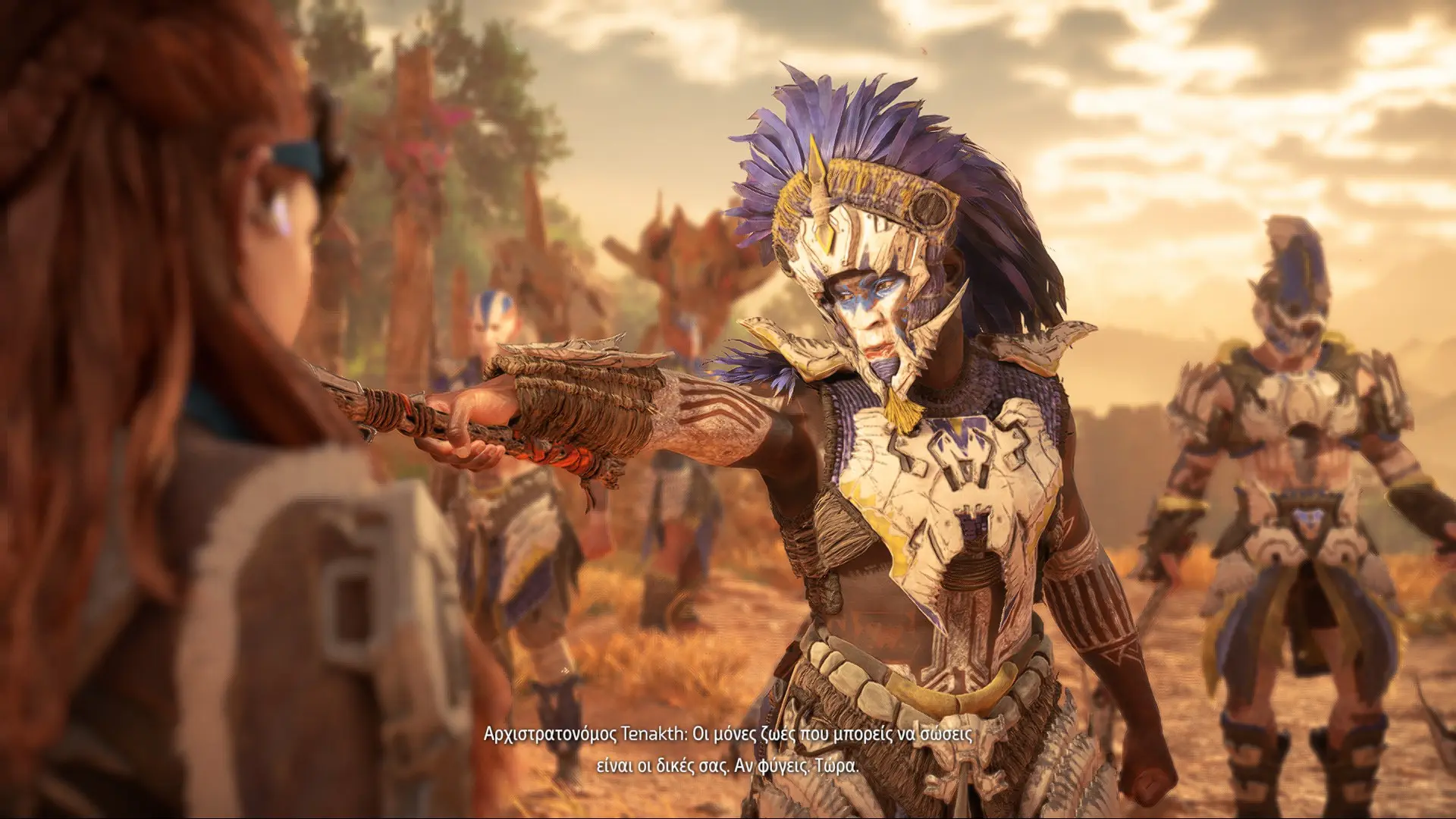
If for some reason you didn't play the first game, Forbidden West takes it upon itself to remind you of the events that preceded it through a brief cutscene where we watch protagonist Aloy, six months after her victory against HADES, try to stop the (inevitable?) end of the world. Her quest seems to be at a standstill, as the enigmatic Sylens, the anti-hero of the first game (in the form of the late Lance Riddick), who helped Aloy so much in the first game, seems to be serving his own purposes exclusively. However, in the midst of all this misunderstanding (?), he reveals to her, via the familiar holograms, that she must visit the distant Forbidden West in order to find that tip of the thread she's been searching so hard for.
Left with no other options, Aloy sets off for the inhospitable West, the main difference being that she is no longer that scared little girl, but a mature woman who carries a wealth of experience on her shoulders and enjoys the admiration of the majority of people as the red-haired heroine who saved Meridian (one of the greatest cities of human civilization). This is evident throughout the game, with Aloy facing her interlocutors full of courage, confidence, and even arrogance at times, but deep down she remains compassionate and ready to put her hand on the fire for anyone who asks for her help.
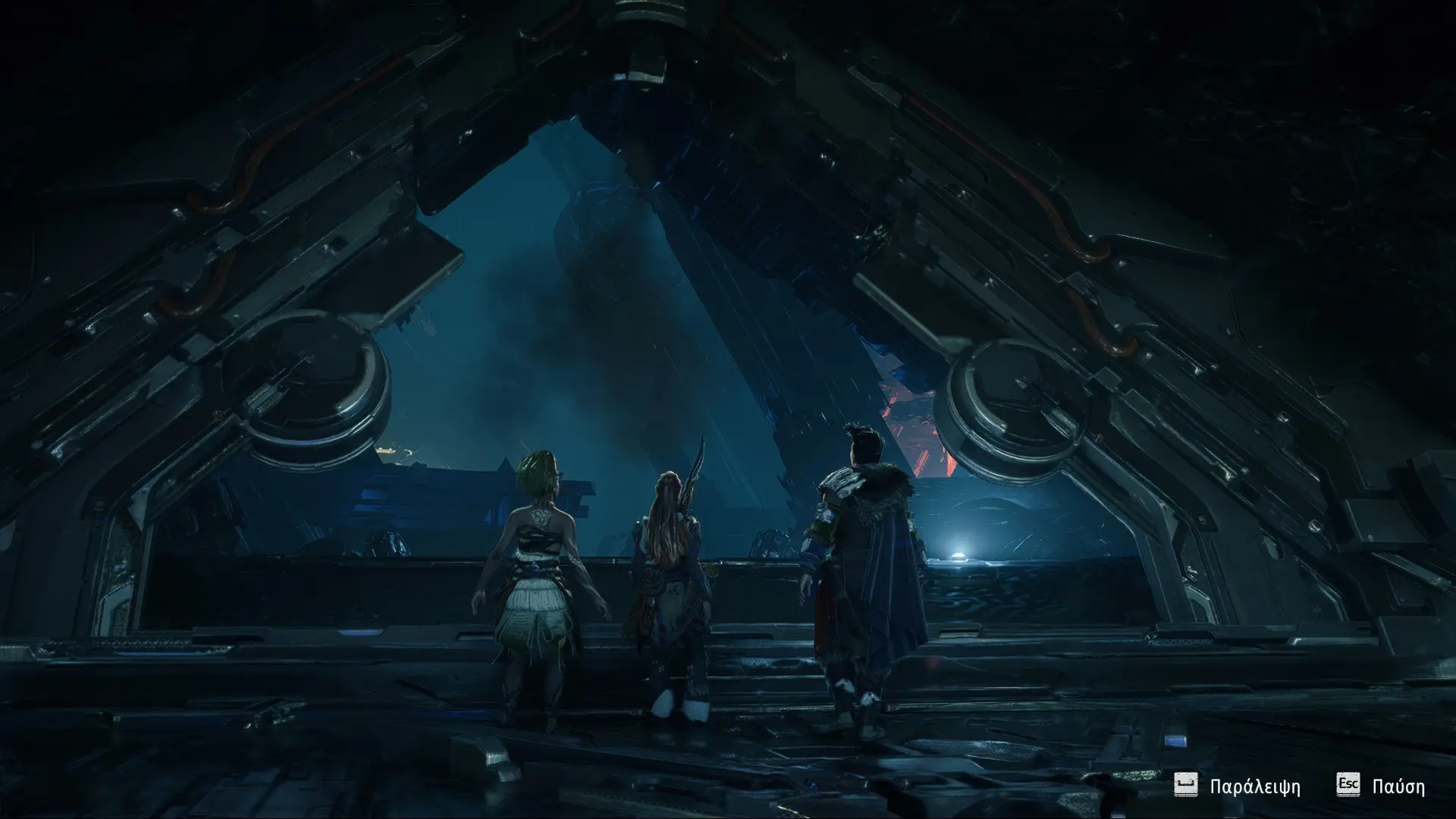
The change in Aloy's personality affects both the plot structure, which is quite well-written and quickly becomes interesting (or rather, much faster than in the first game) and the composition of the main and secondary missions. Their main merit is that they artfully avoid being confined to typical fetch quests, they almost all feature equally interesting and well-rounded characters, with ultimate goals and motivations, and consequently in turn give the player the appropriate motivation to engage with them.
Being an open-world game, the activities we can undertake are really dozens, and the game's expansive map is a major contributor to this. There are times when our journal is literally filled with a plethora of objectives, which we have the option to explore on our own or by a bit of "hand-holding", depending on how much time we're willing to spend for the sake of the game. Admittedly, Forbidden West is HUGE, as combined with the inclusion of the Burning Shores expansion, it is possible to reach 100 hours of engagement in order to witness the entire map, its secrets and all of its activities.
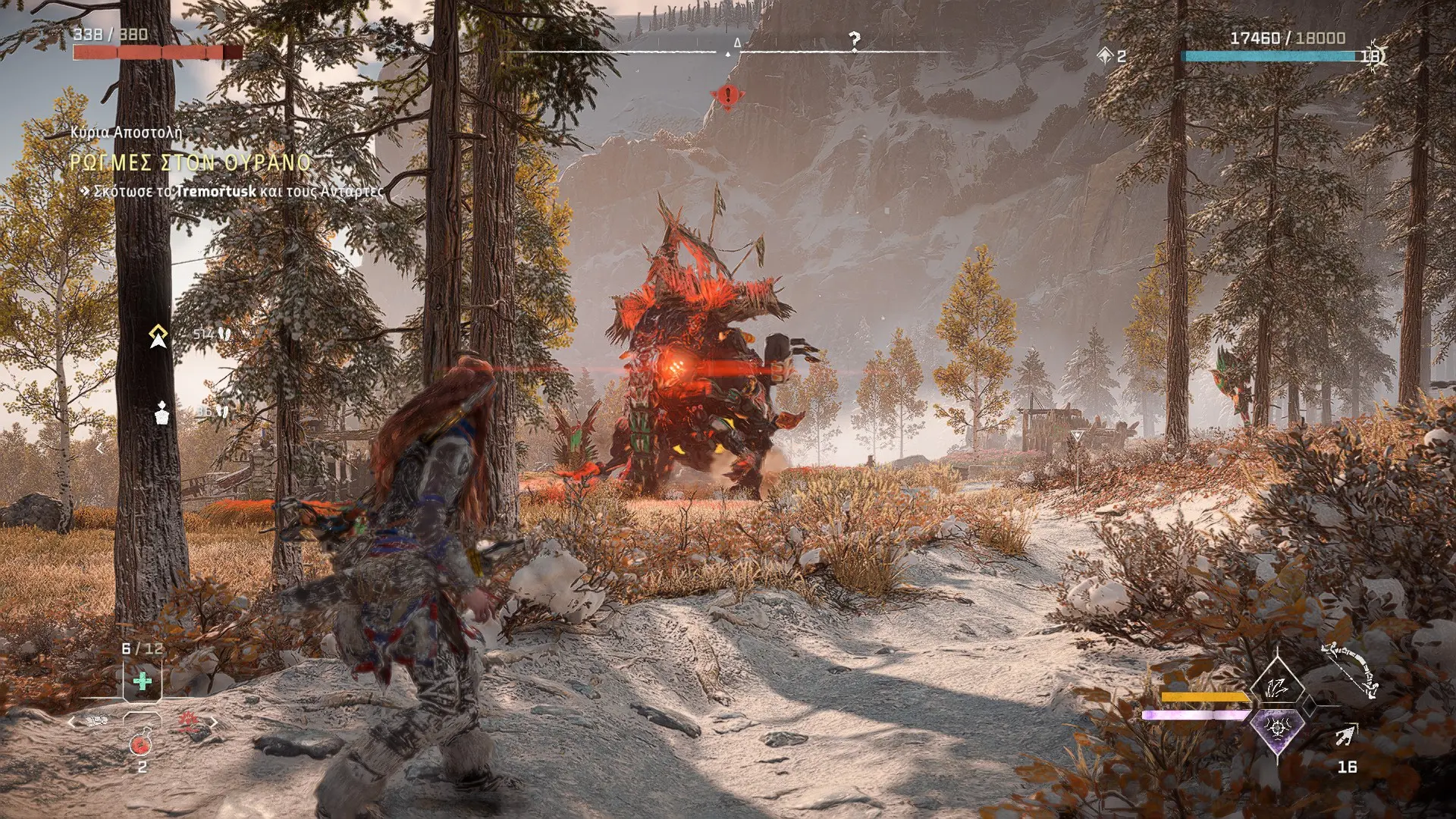
However, as we know, a lot of content does not automatically mean quality content. To the credit of the Dutch people at Guerrilla Software, there's a very nice and neat approach to tracking missions, so that one doesn't get overwhelmed with how much stuff there is to do and skip any that don't interest them (directly at least). After all, if one just wants to enjoy the main story without any major deviations, one can indeed do so and experience one of the most entertaining open world action games.
Of course, as is the case in these situations, you will lose a noticeable part of the beauty of the game. For example, there are the optional missions to the Ruins and the huge Tallnecks, in which the key requirement is to put your brain to work and not rely so much on your bow and spear. Combined with the new gadgets Aloy has at her disposal to aid in traversal (such as a grappling hook or dive mask), it gives a welcome essence of the old Tomb Raider games. We can also indulge in machine and animal hunts, ideally to gather materials to upgrade our equipment, arena battles, and there's even a tabletop mini-game, just to remind some people of the addictiveness that Gwent once generated.

However, Forbidden West's strongest point remains its combat system. A system that relies heavily on tactics, but also on how we properly use the tools at our disposal. Simply spamming arrows against machines of various sizes and dimensions has almost zero effect. The essence of combat lies in identifying the weak points of each machine by scanning them with our Focus, and exploiting them to the best advantage. Either by using appropriately "textured" arrows (fire/acid/ice arrows) on specific parts of the machines or by setting up traps and trying to lure them into them. It's impressive how many possibilities the game offers the player and, especially on the higher difficulty levels, coming up with a battle plan before attacking a tough enemy and using all the weapons at your disposal is a process of the utmost importance.
And the options for customizing the gameplay are plentiful, both with its extensive skill tree system, which categorizes Aloy's unique abilities (e.g. the silent style, emphasis on close combat or machine's control, etc.) and with the variety of equipment options (mainly bows and armor) that give specific buffs to the features of interest. If we were asked what is the single, strictly speaking, reason to bother with Forbidden West, we would unhesitatingly mention the combat system against the machines.
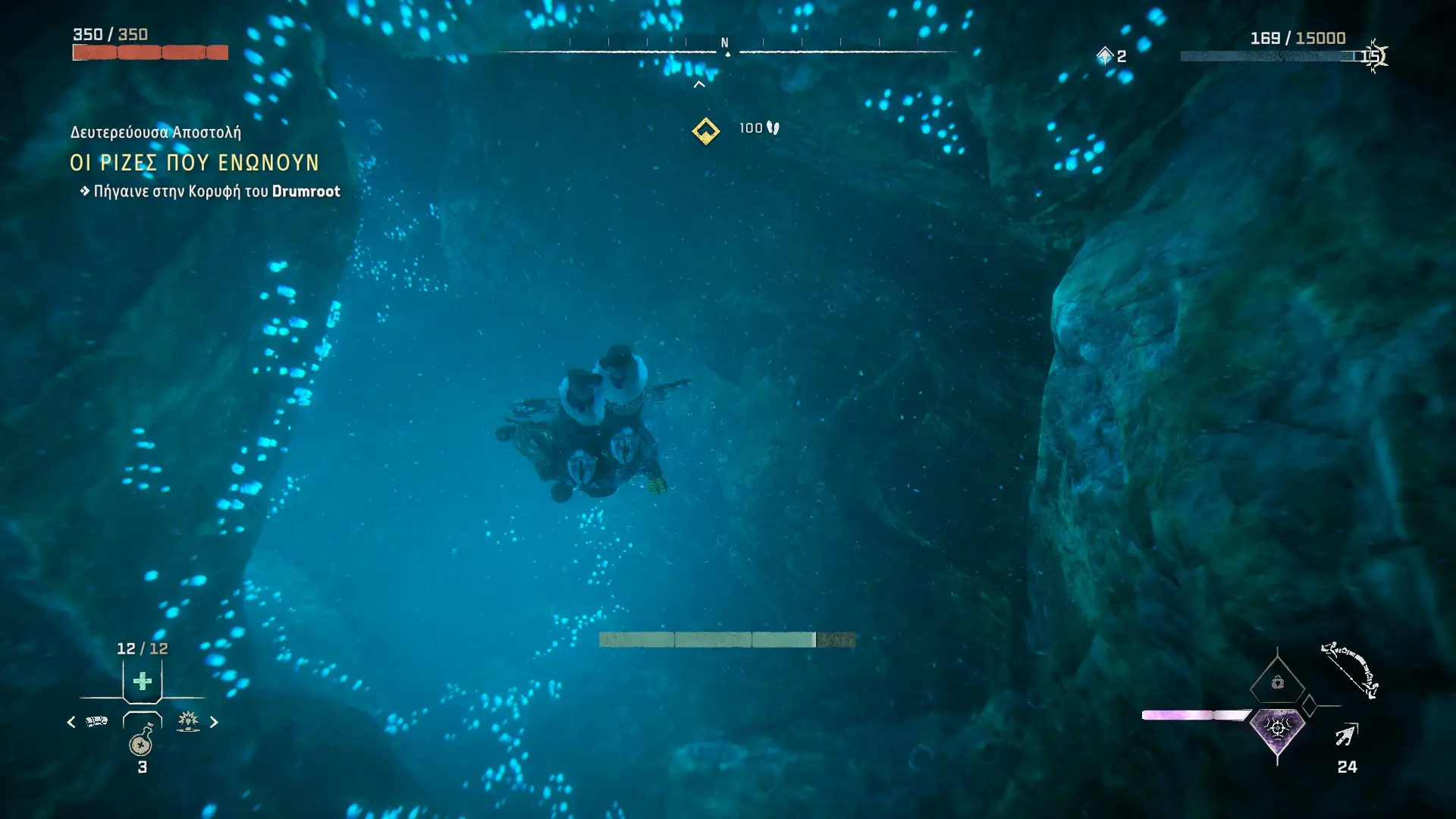
We emphasize the latter, because unfortunately the battles against humans, surprisingly, are at the same, mediocre level of the first game, with the bad AI leading the way. In our opinion, it would have been better if they were completely absent, or at least if we didn't witness funny situations like, a big guy carrying a gun can take more beating than a machine.
However, it's worth mentioning that, although Forbidden West improves most aspects of Zero Dawn, overall the gameplay experience is quite similar. Therefore, if you have recent memories of Zero Dawn, you will feel very familiar playing it, with all that entails - good and/or bad. However, Forbidden West offers a richer visual effect, being one of the most impressive games we've seen in recent years. And that's not only in terms of the superb quality and implementation of the textures, but also in its visual approach, with the wondrous diversity of terrain (deserts, swamps, frozen mountains, forests), the gorgeous weather effects, and the animation of the entire cast of characters. Whether we are referring to human characters or to the machines, which, as we know, borrow their kinematics from actual fauna creatures.
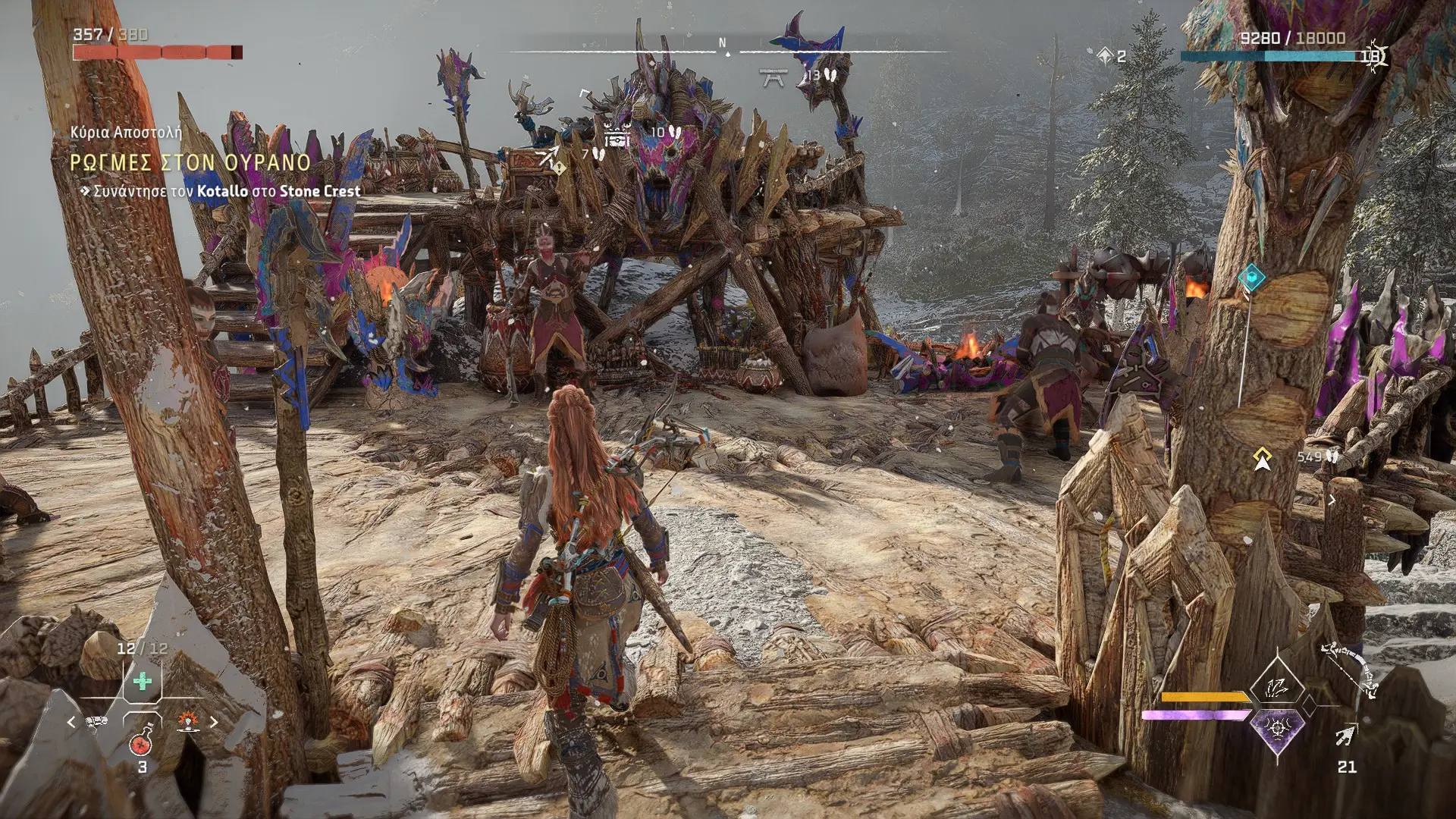
The game's soundtrack is of a similar caliber, with the orchestral soundtrack conveying the emotions required by each scene in the game, while the voice-over is excellent, at the level one would expect from the cast of actors involved (Lance Riddick, Carrie Ann-Moss, Angela Basset to name a few). It's also worth noting that Forbidden West is fully in Greek, minus the voice-over, with the translation being, as usual for Sony productions, flawless.
In short, Horizon Forbidden West is an excellent open world game, which is superior to its predecessor in all areas, as all sequels should be. If you liked Zero Dawn, you're guaranteed to have the most fun with Aloy's adventures in the Forbidden West, and if you didn't have the best opinion, maybe Forbidden West, with its more polished pacing, will manage to convince you this time around.
We would like to thank Sony Hellas for providing the review code.
RATING - 90%
90%
Forbidden Evil
Vast in duration, with a pretty good narrative and a very entertaining combat system, Horizon Forbidden West is another excellent Sony game making its way to the PC market.








